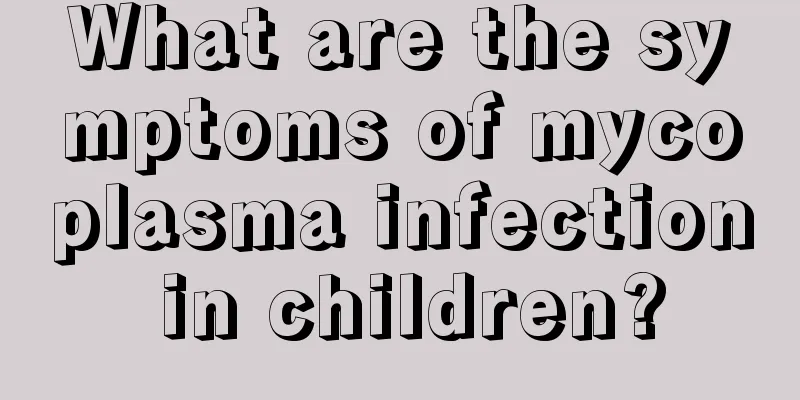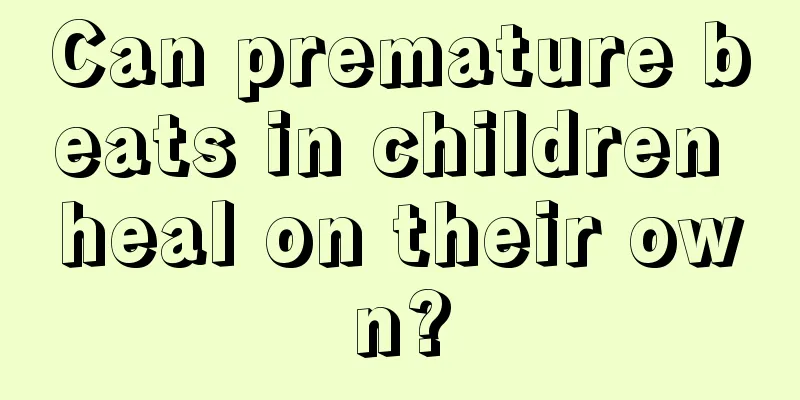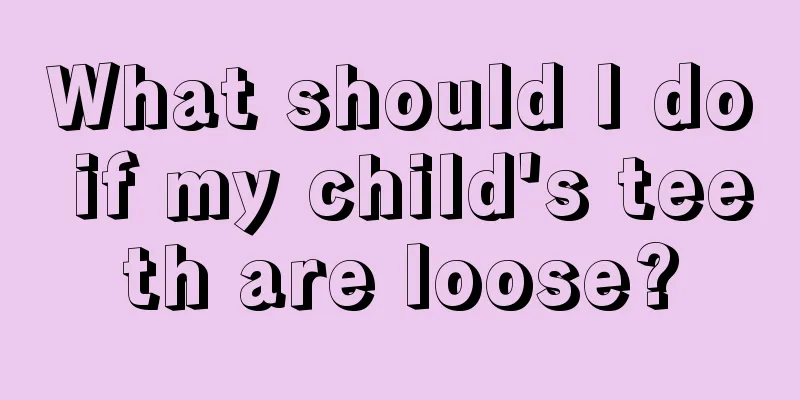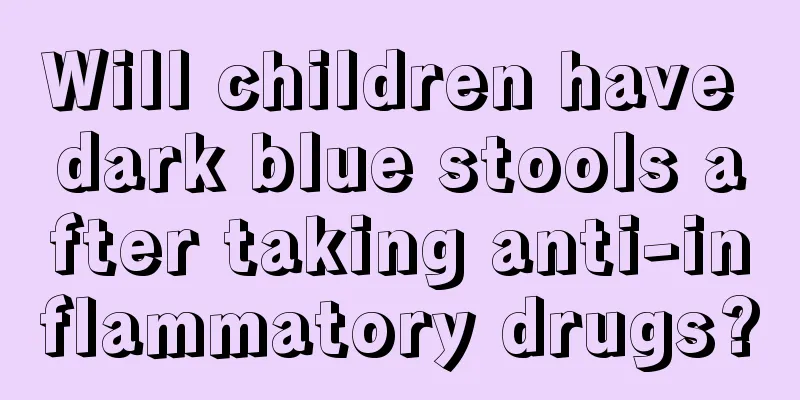What are the symptoms of mycoplasma infection in children?

|
Normal mycoplasma infection is transmitted through sexual transmission, but there is also a chance of this disease being transmitted between mother and child. Parents need to detect mycoplasma infection in children as early as possible, because the symptoms of some patients are relatively subtle if parents do not examine them carefully. Generally, children with mycoplasma infection will experience symptoms such as cough, organ lesions, and fever. 1. Cough: In the early stage, children cough with little sputum and it is dry cough. Later, it gradually turns into a stubborn and severe cough accompanied by a small amount of mucous sputum, especially at night, which is a bit like whooping cough. Infants and young children present with wheezing and difficulty breathing. About 3%-10% of them can develop into mycoplasma pneumonia. Some children do not have obvious cough, but mainly have high fever, chills and sore throat symptoms. 2. Other organ diseases: Mycoplasma pneumoniae can also cause lesions in other systems and organs, such as measles-like rash, myalgia, migratory joint pain, liver function damage, hemolytic anemia, meningoencephalitis, myocarditis, pericarditis, nephritis, etc. Mycoplasma infection: Mycoplasma infection in children has very obvious characteristics. It is more common in older children, especially those over 3 years old, and less common in children under 1 year old; moderate fever, with body temperature mostly between 38-39℃; irritating cough, which is more severe and lasts for a long time, and the short-term treatment effect is poor; wheezing almost never occurs. Bronchial asthma: Children with bronchial asthma sometimes cough violently, but at the same time they also wheeze. Some parents do not realize that their children are wheezing. On the one hand, they do not know what wheezing is. They only notice that their children seem to have a hissing sound in their throats or that their children always have phlegm that they cannot spit out. Some children are indeed atypical, and the doctor can only hear the wheezing at the end of exhalation through a stethoscope. |
<<: What are the symptoms of heart disease in children?
>>: How to treat tracheitis in children?
Recommend
What to do if your child's throat is red and swollen
Usually, the reason why children have red and swo...
How to increase children's appetite
What parents worry about most is their children. ...
Moxibustion for tic syndrome
Tourette syndrome is a relatively common disease ...
Causes of morning headaches in children
In fact, headaches are a very common phenomenon. ...
What are the dangers of children wearing nail polish?
Women must be familiar with nail polish. Nowadays...
What causes high protein in children's urine?
Many people are worried about the health of their...
What are the dangers of bedwetting in children
When children reach a certain age, they will no l...
What should I do if water gets into a newborn's ears while swimming?
Nowadays, babies have swimming time as soon as th...
What is the reason why children urinate frequently at night?
Why do children urinate frequently? Many parents ...
How old can children eat rice noodles?
Generally speaking, when the baby grows to 3-5 mo...
How long is the standard sleep time for a 3-year-old baby?
Sleep is a very important behavior for the human ...
Symptoms of heart muscle damage in children
Children are not as strong as adults due to their...
What should I do if my baby has eczema on his arms?
Babies are very important to mothers. Mothers wil...
What to do if your child has a bad temper
Nowadays, many families have only one son or daug...
Why is my child not growing? Is it because of calcium deficiency?
The phenomenon of children not growing taller is ...









